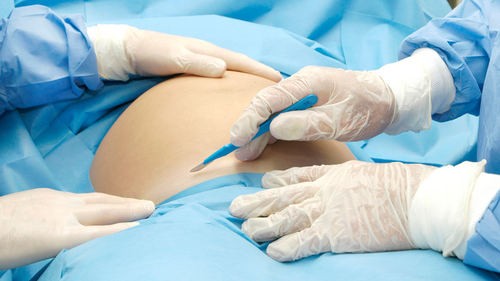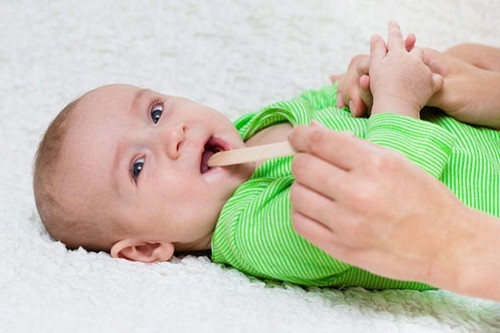Understanding exactly how and why ovulation occurs at all, helps women avoid pregnancy or, conversely, get pregnant. Below are seven questions about ovulation, the answers to which are useful to know.
Ovulation is an important part of a woman’s menstrual cycle. This happens when the egg leaves the ovary for further fertilization.
If fertilization occurs, after 3-4 days the embryo enters the uterine cavity, and after about a week the implantation process takes place. If the sperm in the way the egg is not met, it dies in the fallopian tube within about 24 hours.
When does ovulation occur?
In general, this happens on the 14th day of the 28-day menstrual cycle. But since far from every woman can boast a 28-day cycle, the timing will vary from case to case. It is useful to keep in mind only that ovulation occurs four days before or four days after the middle of the cycle.

Is it accompanied by any symptoms?
Here, gynecologists say, everything is very individual. In some women, for example, ovulation can provoke an increase in the number of vaginal discharge, and in others – tenderness of the mammary glands. Other common symptoms of ovulation: minor bleeding, increased sexual desire, pain in one side of the abdomen. However, there may be no symptoms at all – and this is normal.
Is it possible to ovulate several times per cycle?
Yes, some women do. According to NewScientist, approximately 10% of women worldwide release their eggs twice per cycle. A 2003 study suggests that there may even be three ovulations. Although the latter, to be fair, is rare.
Is ovulation the only way to get pregnant?
No, not the only one. Despite the fact that the egg is ready for fertilization within 12-24 hours after release, sperm can live in the reproductive system – under ideal conditions – up to five days. So if a woman has unprotected sex on the days before ovulation, she can still get pregnant.
What is a fertility window?
The six-day period, which includes five days before ovulation, which was mentioned above, and ovulation itself, which can last up to 24 hours, is called the “fertility window”, bearing in mind that these days the chances of a woman becoming pregnant are as high as possible.
How can ovulation be tracked?
Although the most reliable methods are ultrasound in the doctor’s office or blood tests, there are more affordable options. For example, a basal temperature graph where ovulation is confirmed after an increase in temperature relative to the baseline for three days. Or ovulation tests that are available at pharmacies.
Which method works best?
Specialists do not dare to talk about which of the “home” methods is more accurate. A chart, for example, may be more or less accurate, depending on factors affecting body temperature, such as the common cold or alcohol consumption.
In one study, by the way, the graphs were accurate only in 17 of 77 cases. And according to another study, 12-24 women out of 100 women become pregnant when they use the basal temperature chart to prevent pregnancy.



